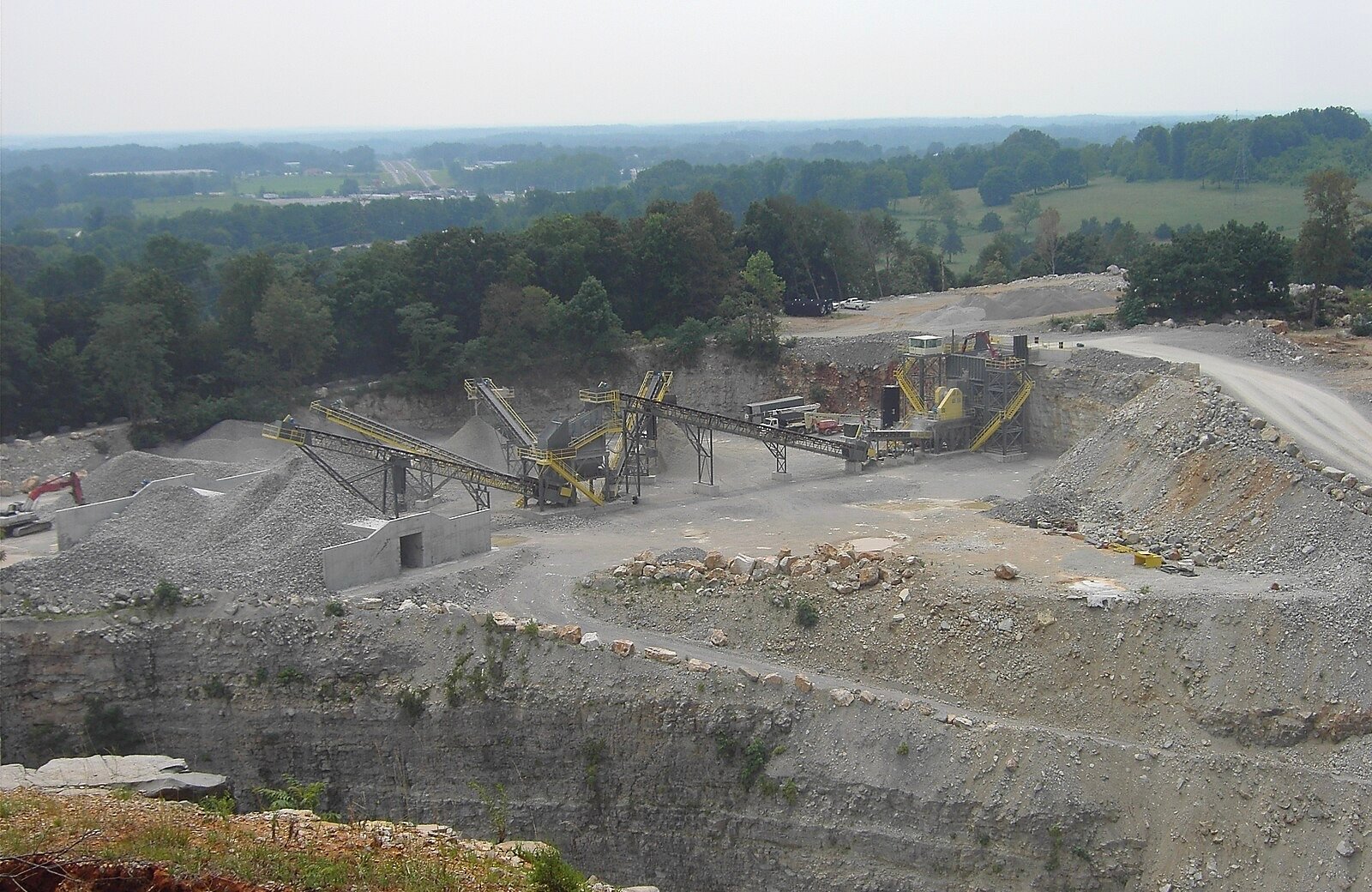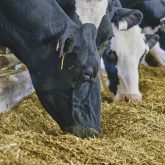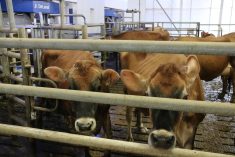Increases in farm production efficiency continue to reduce the environment impact per unit of production.
However, such messages are often technical. How well do they resonate with consumers looking at agriculture as an environmental villain?
Why it matters: Farmers are trying several ways of telling their story about environmental impact. The bottom line is that there needs to be a story.
Mike Von Massow, OAC Chair in Food System Leadership, at the University of Guelph, says that using such studies to communicate environmental impact is legitimate and effective.
Read Also

Melancthon faces a new quarry fight over water, environment and farmland risks
A proposed Strada blast quarry in Melancthon, Ont., sparks regional debate over water protection, farmland sustainability, and Ontario’s aggregate policy.
“I think technological improvement is a reasonable way to measure the impact of farm production or food production on the environment,” he said. “I think it is valid to say that they have seen significant improvement in the environment, with outcomes based on greenhouse gases and water use and such because of those efficiencies.”
A consumer doesn’t have to invest much to support the the processes that create the food is making environmental improvements.
Dairy Farmers of Canada recently released a survey that showed that a 12.5 per cent increase in milk production per cow between 2011 and 2016 meant a reduction in the amount of environmental impact (including greenhouse gas emissions, water use and land use) per litre of milk.
Von Massow said there will always be detractors who will make the point that it was DFC who commissioned the third-party study.
“The truth is the people interested in the subject will be the ones who will do it,” he said.
The other criticism could be that increasing the amount of milk per cow without reducing milk volume numbers mean that the overall impact of the sector on the environment does not go down.
“These are the types of rates of improvement that we’d like to see and we’re regularly seeing because the agriculture sector is making a significant effort to do things better, not only on the environment and climate change, but growing fresh, safe, food cost effectively.”
Von Massow said that consumers don’t think about impacts further down the food chain.
“They make a million decisions every day. They will not make an explicit connection with (environmental impact) as they are eating something on a plate,” he said.
If farmers can get the attention of consumers, then the message needs to include a story.
“It is difficult to articulate messages to consumers about these sorts of things. You have to do it with from the perspective of storytelling and metaphor. Many people have no idea how their milk is produced.”















